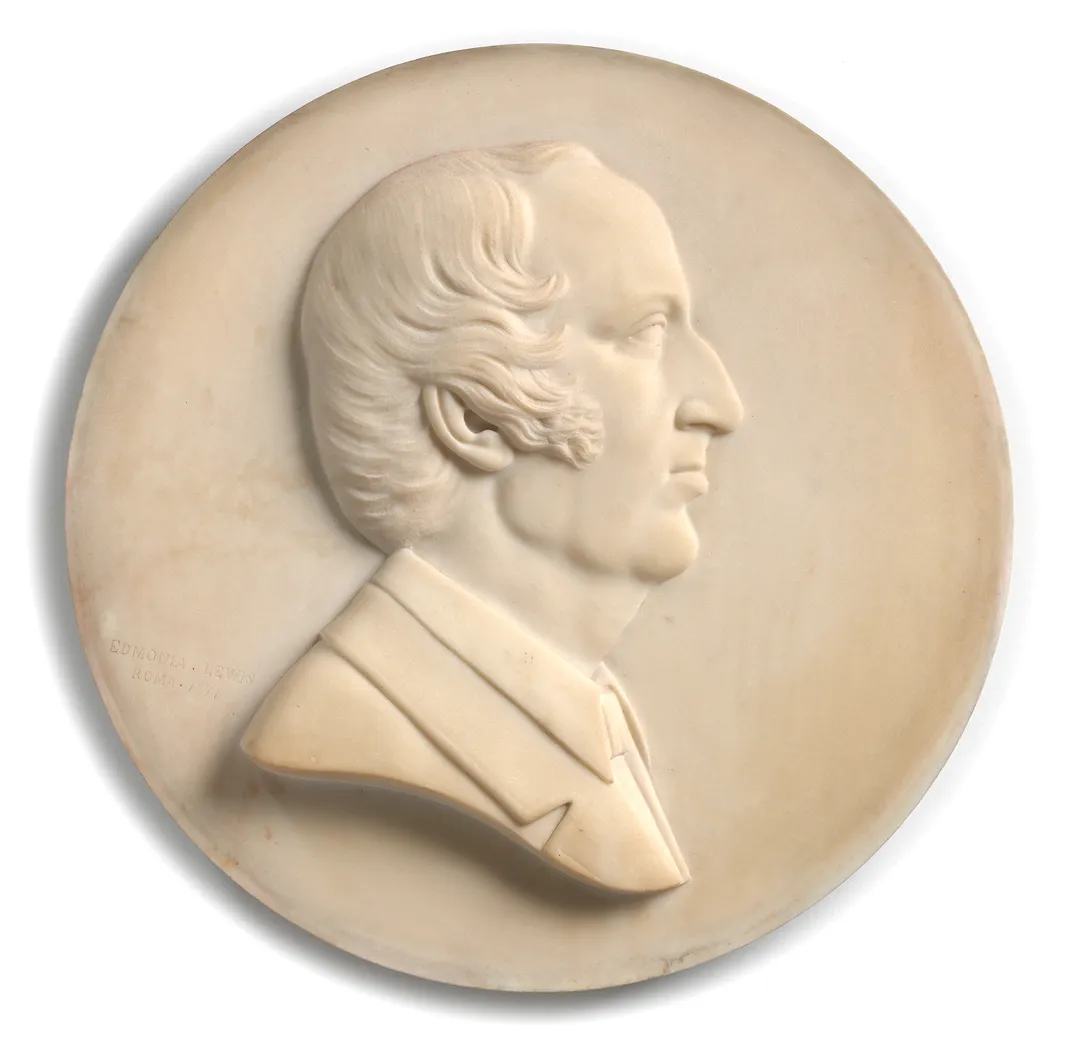Female Activists Who Used Art
Edmonia Lewis
Edmonia Lewis was born to an artist and domestic service worker in 1844. She was of indigenous and black descent. Her mother worked as a Chippewa artist, making items inspired by the native american culture and selling them to curious American tourists. Her father was a freed black man who had immigrated to America from the West Indies. Unfortunately, both her parents died before she was even able to reach five years of age.

This left her to live with family in Niagara Falls, New York. For elementary school, she went to Baltimore and attended a school run by black nuns. However, in high school she returned to upstate New York. At this time, unfortunately, it was very uncommon for women to further their education after high school. In particular, it was even more peculiar, at this time, for a woman of color to attend college. Oberlin College was the first school to allow women and non-white students to attend, which made her decide to attend here.
Although Oberlin was known for their diversity, the way she was treated there was quite the opposite. Oberlin did allow more people to attend their institution, however they made women attending follow a different curriculum. Another thing was that she encountered a lot of racism from her fellow students.

Two white students accused her and said that she had tried to poison them. The college investigated her and found this to be completely false, allowing her to rightfully be innocent for this. However, a little bit after, she was kidnapped by a few white students. These students were very close to causing her death through beatings and she was left in a field in the depths of winter. This resulted in quite a bit of damage to her and Edmonia narrowly survived this encounter.
This caused her to leave Oberlin and decided to move to Boston to study art. She wanted to learn how to sculpt, however, many of the opportunities to improve her skills were not available to her. Most anatomy sculpture classes were exclusively for white males, which she was not. She ended up being able to find a tutor to help her improve her skills. When she first began, she created medallions of famous abolitionists. In 1865, she decided to move to Europe to further her artistic career.

This was a small portrait medallion Edmonia Lewis created of Colonel Robert Shaw. He was a Union officer that was in charge of a group of Black soldiers, as a white man. He died in a battle and was buried alongside his soldiers. This made him famous among abolitionists.
She travelled to Paris, London, Florence, and Rome. In Rome, Edmonia Lewis found a community of many American artists, which made her stay there. Here she was able to find a lot more opportunities for sculpting even though there still was a majority white male artist population. Although in Europe, she continued to sculpt Americans who were famous.

She was different from most other sculptors, as she completed the entire sculpture on her own. Majority of the other sculptors during this time period would sculpt a small sculpture themselves and then hire others to recreate it on a larger scale. She did this due to not having money to hire workers, but also not wanting others to undermine her artwork. Since she was a woman in art, it was likely that others would question how authentic her work was if she did not do the entire process herself.
The studio that she worked in became a popular site for visitors from America. Many details of her life are uncertain, as she enjoyed making up and amplifying stories about her life. Due to her indigenous culture, she enjoyed expressing that part of her life in her work. Most white artists at the time would create works inspired by indigenous cultures, but did not provide respect to their values. She was able to create works that were inspired by this and reflected her heritage, but in a much more respectful way.

The largest sculpture she made was titled The Death of Cleopatra. This took her 4 years to finish and showed Cleopatra after a poisonous snake bit her. Cleopatra is committing suicide in this work which is very peculiar as most works showing her have her alive. Edmonia Lewis wanted to show Cleopatra having the control over her own death. This would then give her the power over the way she is perceived and her narrative.
She finished this sculpture in 1876 and shipped the 3000 pound sculpture from Italy to Pittsburgh for display at the Centennial Exhibition. This sculpture was seen as a controversy since it showed her breasts. The Death of Cleopatra never was purchased as most people saw the art of black women as unessential, even though it was very popular among art critics.
This sculpture ended up being on display in Chicago at a horse racing track, where it became covered in graffiti. In the 1980s, the sculpture was discovered once more and it was restored and put in the Smithsonian American Art Museum.

The barrier that Edmonia Lewis was able to break was being a black woman in a white male dominated area. She came to the sculpture scene in Boston and faced exclusion from what would be her opportunities for growth. Despite being very limited in the techniques she was able to learn alongside others, she did not give up. She was able to seek out a tutor, who was well versed in sculpting, who then taught her. Later on, when deciding to stay in Europe, she saw an expanded amount of opportunities for herself. This allowed her to continue her work and achieve the growth that was necessary.




